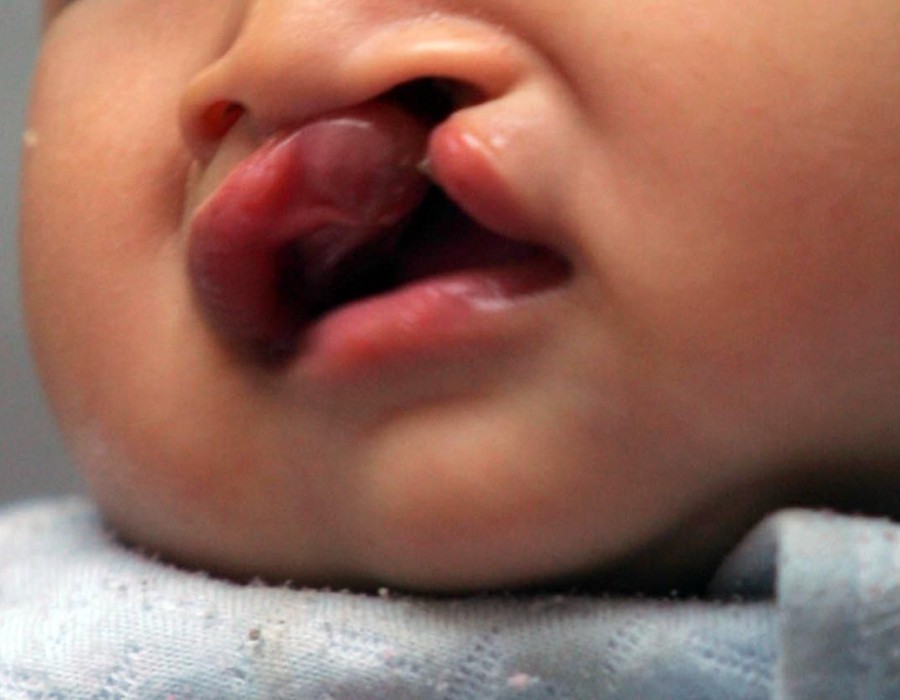Palate repair surgery, often referred to as cleft palate repair surgery, is a critical procedure designed to correct congenital defects in the palate, the roof of the mouth. This surgery addresses the gap or cleft that extends from the hard palate to the soft palate, which can impact speech, feeding, and overall quality of life. Here’s a detailed look at how Palate Repair Surgery in Dubai works, from preparation through to recovery.
1. Pre-Surgery Preparation
Medical Evaluation: Before the surgery, a comprehensive medical evaluation is conducted. This includes physical exams, blood tests, and imaging studies to assess the extent of the cleft and overall health. The evaluation helps in planning the surgery and addressing any underlying health concerns.
Consultation: During the consultation, the surgeon will discuss the details of the procedure, including the surgical approach, expected outcomes, and potential risks. This is an opportunity to ask questions and understand the steps involved in the surgery.
Pre-Operative Instructions: Patients are given specific instructions to prepare for the surgery, which may include dietary restrictions, fasting before the procedure, and medication adjustments. Adhering to these instructions is crucial for a smooth surgery and recovery process.

2. Anesthesia
General Anesthesia: Palate repair surgery is performed under general anesthesia, meaning the patient will be fully asleep and pain-free during the procedure. An anesthesiologist administers the anesthesia and monitors the patient’s vital signs throughout the surgery to ensure safety.
Preparation for Anesthesia: Before administering anesthesia, the anesthesiologist will review the patient’s medical history and any specific needs or concerns. This ensures that the anesthesia is administered safely and effectively.
3. Surgical Procedure
Incision: The surgeon makes an incision in the palate to access the cleft. The incision may be made along the existing cleft or through a separate incision depending on the extent and location of the cleft.
Tissue Repair: The surgeon carefully repositions the tissue around the cleft. The tissue from the sides of the cleft is brought together and sutured to close the gap. This involves meticulous techniques to ensure a precise alignment of the tissues and to minimize scarring.
Reconstruction: In addition to closing the cleft, the surgeon may also perform reconstruction to reshape the palate and restore its normal function. This may include repairing the muscles of the soft palate to improve speech and swallowing.
Use of Grafts: In some cases, tissue grafts may be used to reinforce the repair and ensure a more durable closure. Grafts can come from other parts of the body or be synthetic materials designed to support the healing process.
4. Post-Surgery Care
Recovery Room: After the surgery, the patient is transferred to a recovery room where they are monitored as the anesthesia wears off. The medical team will check vital signs, manage pain, and ensure that the patient is stable.
Pain Management: Pain relief is provided through medications prescribed by the surgeon. Managing pain effectively is important for comfort and to promote healing.
Wound Care: Care for the surgical site involves keeping the area clean and dry. Patients are given specific instructions on how to care for the incision and any potential dressings or bandages.
Feeding and Diet: Post-surgery, patients may need to follow a soft or liquid diet to avoid putting strain on the surgical site. Feeding instructions are provided to ensure proper nutrition and minimize discomfort.
5. Follow-Up and Recovery
Follow-Up Appointments: Regular follow-up appointments are scheduled to monitor the healing process and assess the success of the surgery. During these visits, the surgeon will evaluate the surgical site and make any necessary adjustments to the treatment plan.
Speech and Language Therapy: For some patients, additional speech and language therapy may be recommended to address any speech issues that result from the cleft palate. Therapy helps in improving articulation and communication skills.
Long-Term Monitoring: Ongoing monitoring is important to ensure the long-term success of the surgery and to address any residual issues or complications. Regular check-ups help in maintaining the results and planning any additional treatments if needed.
6. Potential Risks and Complications
Infection and Bleeding: As with any surgery, there is a risk of infection and bleeding. The surgical team takes precautions to minimize these risks and manage any complications that may arise.
Wound Healing Issues: In some cases, there may be issues with wound healing, such as dehiscence (opening of the incision) or formation of fistulas (abnormal connections between tissues). These issues are addressed promptly to ensure proper healing.
Speech and Swallowing Difficulties: While the surgery aims to improve speech and swallowing, some patients may experience temporary difficulties. Ongoing therapy and follow-up care help in addressing these challenges.
Conclusion
Palate repair surgery is a complex but highly effective procedure designed to correct congenital defects in the palate. By understanding the detailed steps involved in the surgery, from preparation to recovery, patients and caregivers can better prepare for the procedure and ensure optimal outcomes. Working closely with a qualified surgical team and following post-operative care instructions are key to achieving the best possible results.





Comments